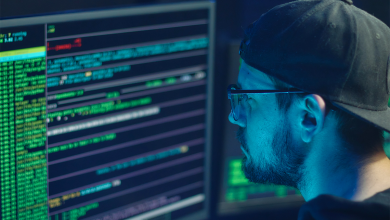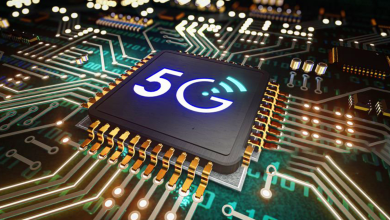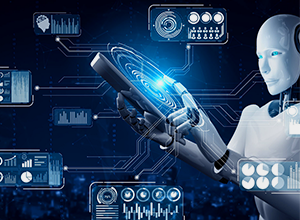
Introduction
The Internet of Things (IoT) is revolutionizing the Power of the Internet way we live, work, and interact with the world. In a connected age, where virtually every device can communicate and share data, IoT has become an integral part of our daily lives. This article explores the concept of IoT, its impact on various sectors, challenges it faces, and the exciting future it promises.

What is IoT?
IoT is a network of interconnected physical objects, devices, and sensors that communicate and exchange data over the internet. These “things” can range from everyday appliances, industrial machinery, and wearable devices to vehicles, infrastructure, and smart cities. The core idea is to enhance efficiency, convenience, and automation by connecting these objects and enabling them to gather and share information.
The Four Pillars of IoT
- Sensors and Actuators: At the heart of IoT Power of the Internet are sensors and actuators that detect changes in the environment and take action. These can include temperature sensors, motion detectors, and actuators that can open or close valves, for example.
- Connectivity: IoT relies on various communication protocols like Wi-Fi, Bluetooth, cellular networks, and LPWAN (Low Power Wide Area Network) to transmit data to the cloud. Connectivity is what enables devices to communicate with one another and central systems.
- Data Processing and Analytics: Collected data is processed and analyzed to derive valuable insights. This is often done using cloud-based platforms and machine learning algorithms that can make real-time decisions.
- User Interface: The user interface is how humans interact with IoT devices. This can be through smartphones, web apps, or even voice-activated systems like Amazon’s Alexa. A seamless and user-friendly interface is crucial for IoT adoption.
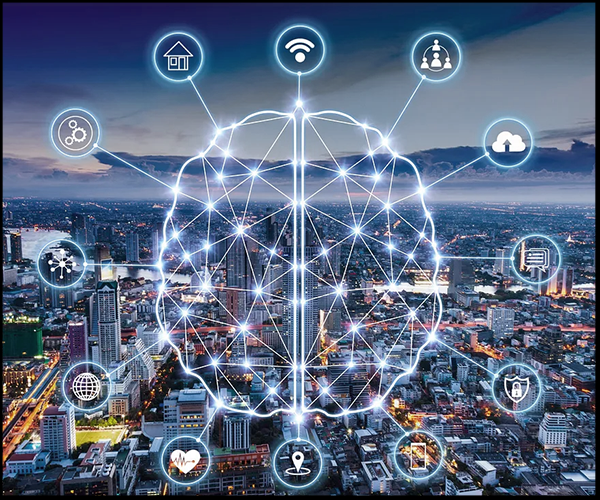
Impact on Various Sectors
- Smart Homes: IoT has made homes smarter and more efficient. From thermostats that learn your preferences to smart security systems and voice-activated assistants, it has made our lives more convenient and secure.
- Healthcare: In healthcare, IoT devices such as wearable fitness trackers, smart insulin pumps, and remote monitoring systems are revolutionizing patient care. They enable better disease management, reduce hospital readmissions, and improve the overall quality of care.
- Agriculture: IoT is transforming agriculture with precision farming. Farmers can monitor soil conditions, weather, and crop health in real-time, leading to increased crop yields, reduced waste, and more sustainable farming practices.
- Industrial IoT (IIoT): In manufacturing and industry, IoT is used for predictive maintenance, real-time monitoring of machinery, and supply chain optimization. It reduces downtime and improves overall operational efficiency.
- Smart Cities: The concept of smart cities relies heavily on IoT. Connected infrastructure, traffic management, waste disposal, and energy management systems enhance the quality of life for urban residents while promoting sustainability.
Challenges and Concerns
While IoT holds tremendous promise, it is not without challenges Power of the Internet and concerns that must be addressed:
- Security: The more devices that are connected, the more potential entry points for cyberattacks. Securing the vast network of IoT devices is a significant challenge.
- Privacy: IoT devices collect a vast amount of data, raising concerns about how this data is used and whether it invades user privacy.
- Interoperability: Many IoT devices and platforms are proprietary, making it difficult for them to work seamlessly together. Standardization is crucial to ensure compatibility.
- Scalability: As IoT networks grow, they need to handle the increasing amount of data generated. Scalability is a critical consideration.
- Regulatory and Legal Issues: Governments are still catching up with IoT’s rapid development, and regulations surrounding data privacy and security vary from one region to another.
The Future of IoT
IoT is still in its infancy, and its future looks incredibly promising. Here are some trends and possibilities to look forward to:
- 5G Connectivity: The rollout of 5G networks will provide faster, more reliable connectivity, enabling real-time communication and the proliferation of IoT devices.
- Edge Computing: Processing data closer to the source (at the edge) will reduce latency and improve real-time decision-making in IoT systems.
- AI and Machine Learning: IoT will become even more intelligent with the integration of AI and machine learning, allowing devices to learn and adapt autonomously.
- Blockchain Integration: Blockchain technology can enhance security and transparency in IoT, ensuring trust in the data collected.
- Environmental Sustainability: IoT will play a crucial role in environmental sustainability by enabling smart resource management and reducing waste.
- Healthcare Advancements: In healthcare, IoT will continue to revolutionize patient care with more advanced wearables, telemedicine, and remote monitoring systems.
- Autonomous Vehicles: IoT will be a cornerstone of autonomous vehicles, enabling them to communicate with one another and traffic infrastructure for safe and efficient transportation.
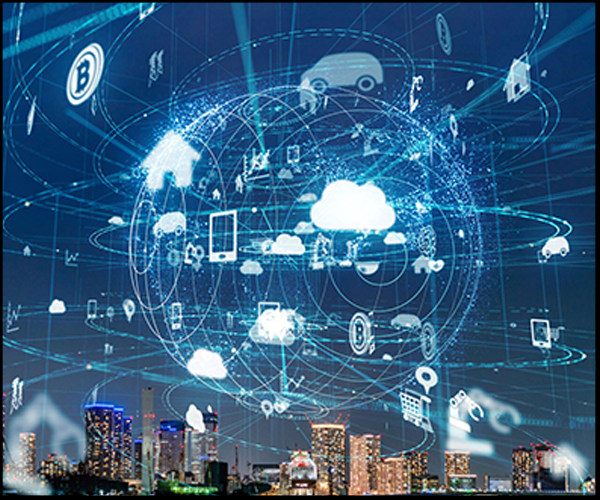
Conclusion
The Internet of Things has already changed the way we live and work, and its influence will only continue to grow. From smart homes to healthcare, agriculture, industry, and smart cities, IoT is enhancing efficiency, convenience, and sustainability across various sectors. However, challenges like security and privacy must be addressed to ensure a safe and reliable IoT ecosystem. With the integration of 5G, AI, and other emerging technologies, the future of IoT holds exciting possibilities that will further transform our world. As we move forward, it’s imperative to strike a balance between innovation and safeguarding our digital lives in this increasingly connected age.


